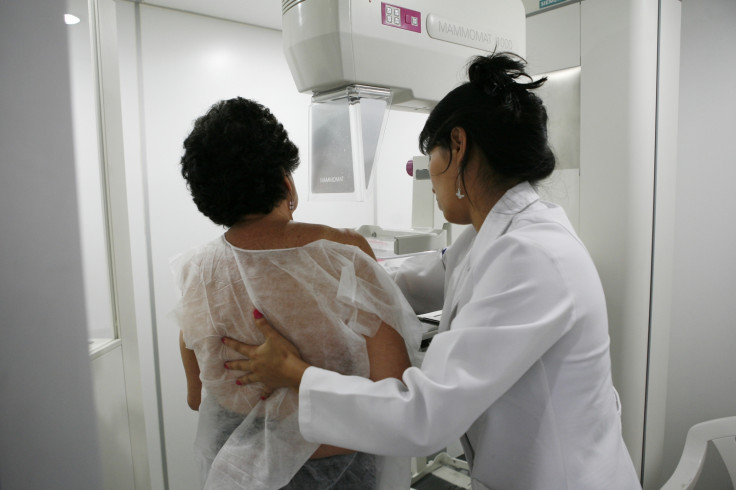Mini breast grown in lab helps understand cancer mechanism

A mini breast grown in the lab using discarded tissues from patients is helping scientists understand the regenerative capacity of the gland and develop treatments to arrest breast cancer.
Initial studies suggest that a normal growth response of the growing mammary gland to physical rigidness in the environment is the same technique exploited in a tumour.
Throughout the reproductive lifespan of a woman, the mammary gland is constantly renewed in order to guarantee milk production.
Stem cells are believed to be behind this high cellular turnover. Breast cancer cells adopt properties of stem cells to acquire aggressive regenerative traits. It is to understand this the scientists want to study the functioning of normal breast stem cells.
Discarded healthy tissue from women undergoing aesthetic breast reduction was cultured in a petri dish using a transparent gel.
The research group, led by Dr Christina Scheel at Helmholtz Zentrum Munchen, German Research Center for Environment Health, watched the human breast epithelial cells rebuild the three-dimensional tissue architecture of the mammary gland.
The cells divided and spread, like the developing mammary gland during puberty. Hollow ducts forming a network of branches and terminate in grape-like structures were generated.
The behaviour of cells with regenerative capacity was seen to be determined by the physical properties of their environment.
Jelena Linnemann, first author of the study, explains: "We were able to demonstrate that increasing rigidity of the gel led to increased spreading of the cells, or, said differently, invasive growth. Similar behaviour was already observed in breast cancer cells. Our results suggest that invasive growth in response to physical rigidity represents a normal process during mammary gland development that is exploited during tumour progression."
Therapeutic strategies
Co-author Lisa Meixner adds that the assay helps elucidate how such processes are controlled at the molecular level, which provides the basis for developing therapeutic strategies to inhibit them in breast cancer.
Experimental models that are based on patient-derived tissue constitute a corner stone of basic and applied research. "This technological break-through provides the basis for many research projects, both those aimed to understand how breast cancer cells acquire aggressive traits, as well as to elucidate how adult stem cells function in normal regeneration," says Christina Scheel, head of the study.
Stem cells are the body's growth and maintenance units that are able to differentiate indefinitely into specialised cell types, first in the growing embryo into various organ cell types, and later form the body's repair mechanism by producing cells when the tissue they reside in is damaged.
These stem cells are found in most tissue types as well as in the embryo. Increasingly, they are being harvested in the lab for treating patients.
© Copyright IBTimes 2025. All rights reserved.





















